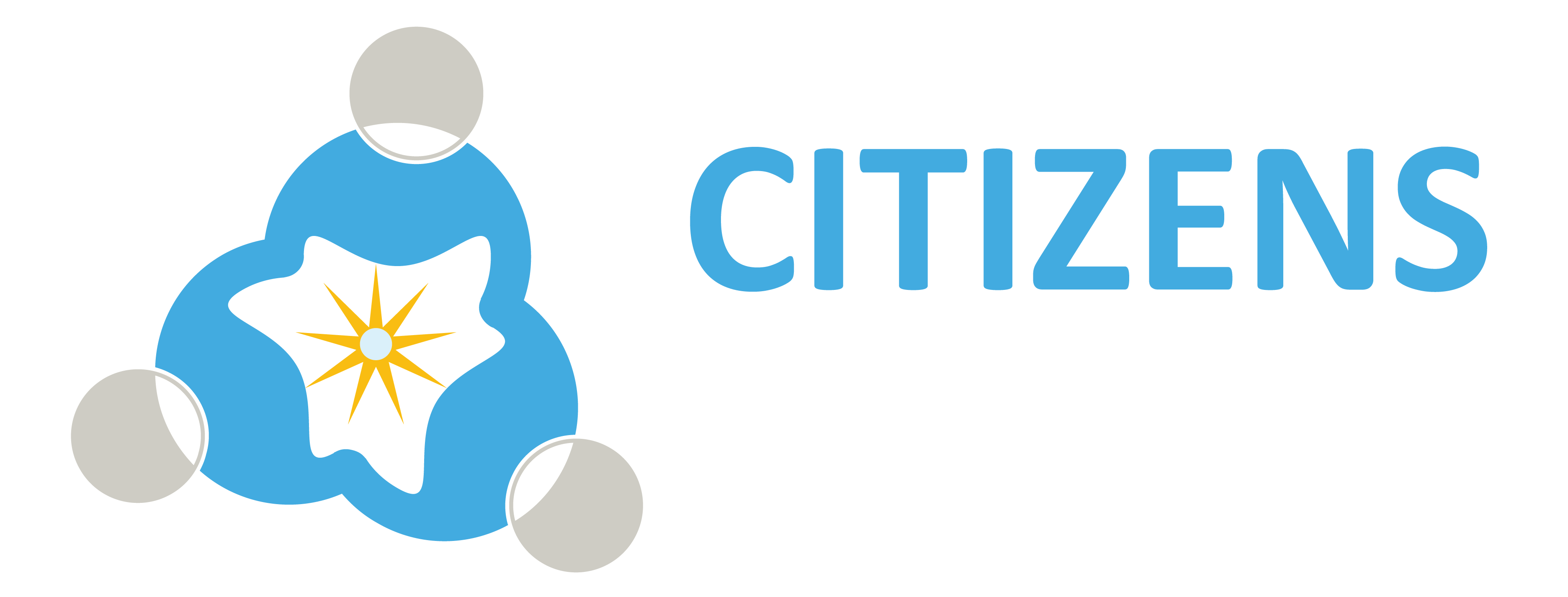OCEA(n)RT: Increasing youth participation to address plastic -“COVID-Waste”- litter through visual art works
COVID-19 pandemic is a global challenge that poses serious and multilevel concerns. There is already an ongoing discussion on the indirect and direct impact of the pandemic on the environment. Several studies and reportages focus on the positive effects, as pollution and greenhouse gas emissions have fallen across continents (M. Zowalaty et. al., 2020; S. Lokhandwala et. al., 2020), but already environmental stakeholders have spotted the dramatic effects of the COVID-19 to the oceans and the life below water (A. Kassam, ‘More masks than jellyfish’: coronavirus waste ends up in ocean, retrieved from theguardian.com).
In particular, the surge of the COVID-19 pandemic led to the increased use of plastic medical and protective equipment, such as single-use gloves, masks and aprons. Much of this equipment must be discarded after use to limit the spread of the virus. Joffrey Peltier, member of the environmental organisation Operation Mer Propre in France, came across large quantities of latex gloves, face masks and bottles of hand sanitiser in the Mediterranean sea upon exploration (C. Koryn, Another Side Effect of COVID-19: The Surge in Plastic Pollution, retrieved from earth.org). This development indicates a new kind of pollution that adds to the already existing plastic problem and poses environmental, economic, health and aesthetic problems.
Youth could undertake a pioneer role in the area and lead activities aiming at raising awareness on the ocean protection and the pandemic relevance to the plastic litter. According to the UN environment programme, “we must invest in promoting actions by youth”, as this will enable us “to build the momentum to address the challenges of tomorrow” (Three reasons our oceans need young people, retrieved from unenvironment.org). Also, EU in the framework of its Coastal and Marine Policy encourages youth to act as Ocean Activists.
At the same time, organisations and authorities across the globe utilize arts and visual arts in the field of youth and youth work. For instance the Canadian Ministry of Education (of the Saskatchewan province) recommends the implementation of activities with young people aiming at creating visual art works to express perspectives and raise awareness about a topic of concern to youth.
Aim of the OCEA(n)RT project is to boost youth participation to address plastic -“COVID-Waste”- litter through visual art works in Sweden, Greece, Cyprus and Spain. At the same time, targeted dissemination and advocacy activities will take place in Belgium and UK. OCEA(n)RT consortium has set the following objectives:
▪ Extend the competences of at least 240 youth workers, working/collaborating with CSOs, youth and environmental organisations, cultural and creative sector grassroots, in order to foster their ability to enhance youth participation and to motivate youth to address pandemic relevance to plastic litter through visual art works.
▪ Enhance access to CSOs, youth and environmental organisations, cultural and creative sector grassroots to relevant roadmaps and good practices to ensure youth participation in ocean protection activities and actions to address pandemic relevance to plastic litter.
▪ Support at least 120 CSOs, youth and environmental organisations, cultural and creative sector grassroots’ to raise public awareness, to lead and contribute to the development of youth policies that promote active participation of youth in the fight against marine and “COVID-Waste” litter.
Duration: April 2021 –March 2023 (24 months)
Project Number: 2020-1-SE02-KA227-YOU-003114
Project’s Website: www.oceanrtproject.eu

The European Commission support for the production of this publication does not constitute an endorsement of the contents which reflects the views only of the authors, and the Commission cannot be held responsible for any use which may be made of the information contained therein.
